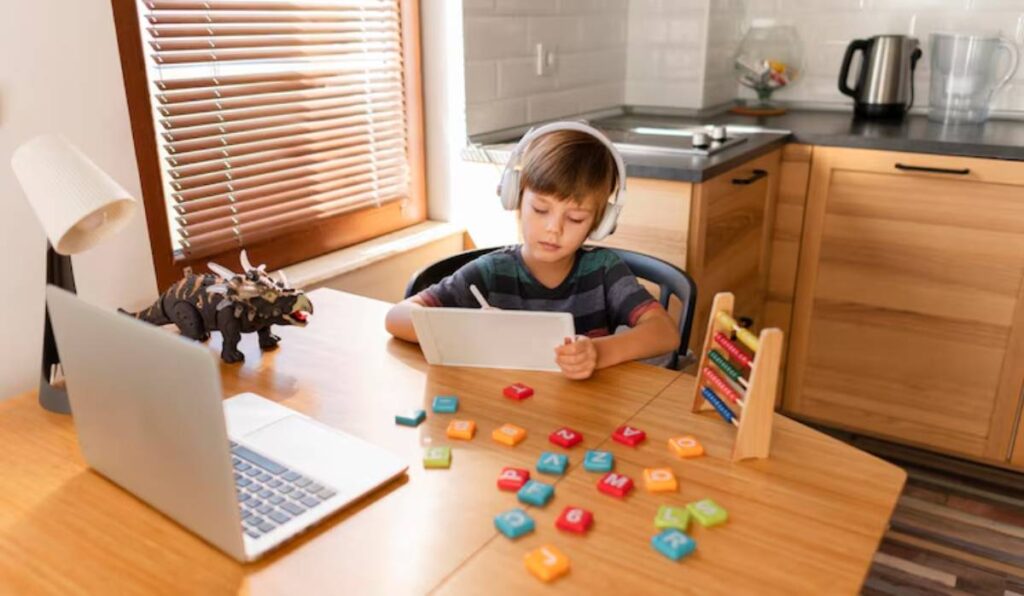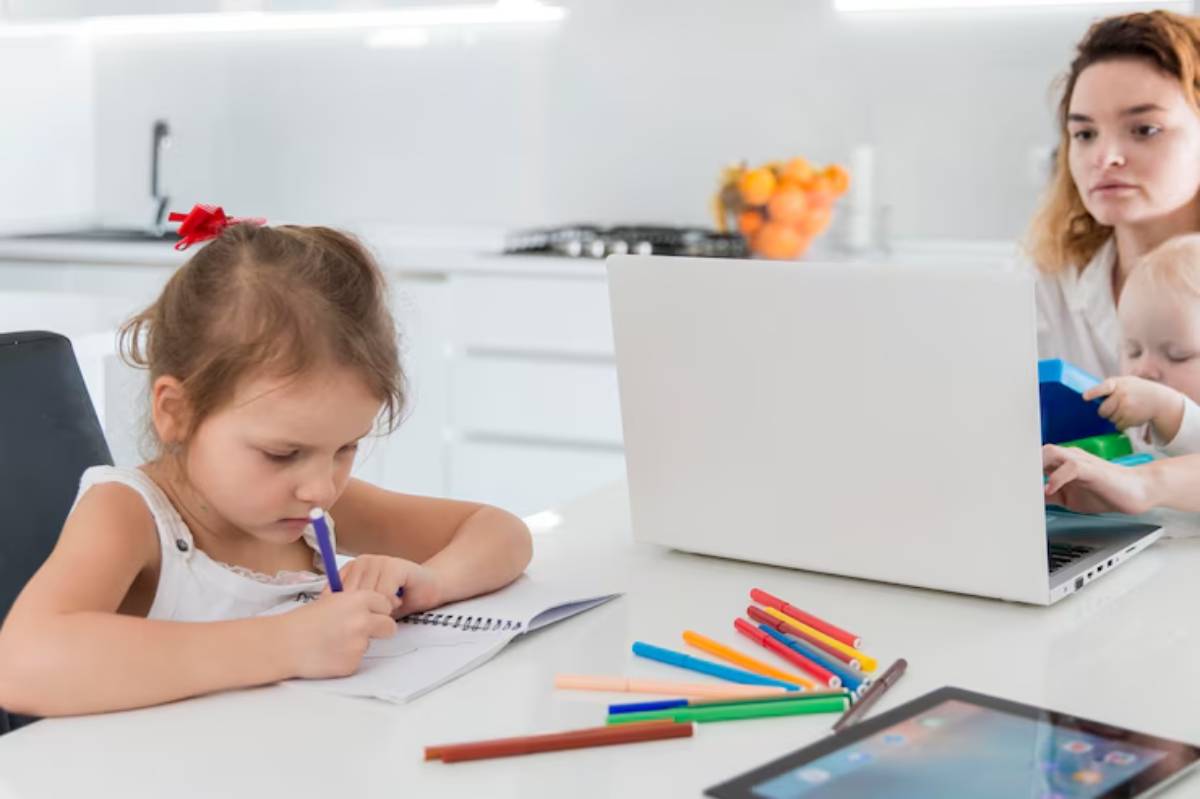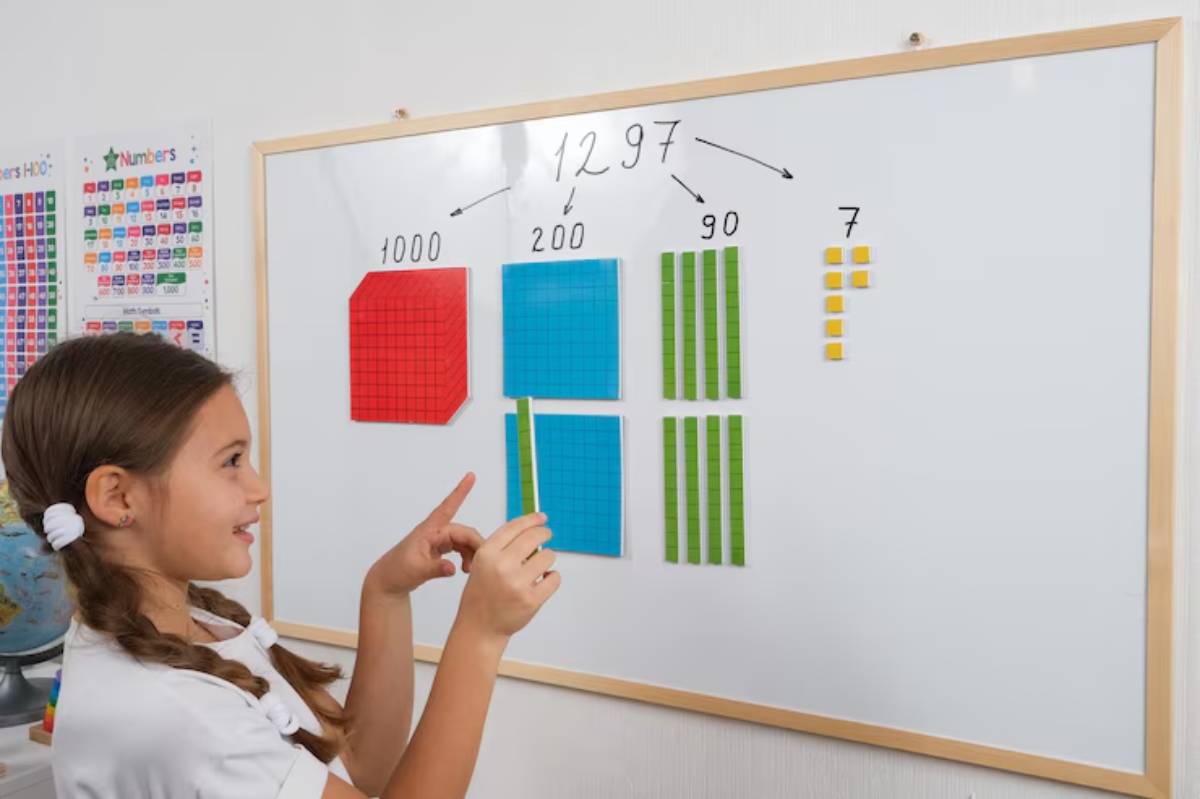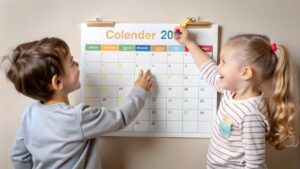The Education Blog

Homeschooling Children with ADHD: What Works
Homeschooling a child with ADHD isn’t just about flexible timetables and a distraction-free room. It’s about understanding how their brain works — and then building a learning experience around that understanding.
If your child fidgets during lessons, blurts out answers mid-question, or struggles to follow a multi-step task, you’re not alone. These are common traits of children with Attention Deficit Hyperactivity Disorder (ADHD), and they can turn a traditional schooling approach upside down.
But here’s the good news homeschooling offers a unique opportunity. You’re not bound by one-size-fits-all methods. You can adapt, experiment, and personalise your teaching to truly support your child’s growth — both academically and emotionally.
In this post, we’ll dive into ADHD homeschool strategies that focus on focus, build confidence, and foster an environment where your child’s unique way of learning isn’t a limitation — it’s a strength.
Understanding ADHD in a Learning Context
ADHD affects a child’s ability to focus, regulate impulses, and manage time — all skills crucial for success in a structured school environment. But in a homeschool setting, you can adjust expectations and routines to better match your child’s natural rhythms.
Common ADHD Learning Challenges:
- Trouble sitting still for long periods
- Difficulty completing multi-step instructions
- Struggles with organisation or time management
- High energy and distractibility
- Emotional sensitivity or frustration with mistakes
Understanding these challenges is step one. Step two? Learning how to work with them, not against them.
Create a Predictable but Flexible Routine
Children with ADHD thrive when they know what to expect — but also when they aren’t forced into rigid schedules that don’t fit their energy patterns.
What Works:
- Use a visual daily schedule with icons or simple words
- Build in movement breaks every 20–30 minutes
- Keep academic blocks short and focused — 15–25 minutes works best
- Use consistent start and end rituals (e.g., a special song, a calming activity)
Your routine should feel reliable, but still allow you to flex depending on how the day is going. And when things go sideways (they will), a calm reset beats a complete restart.
Focus-Friendly Learning Environments
The environment you create plays a major role in how well your child can focus and stay engaged.
Tips for a Supportive Setup:
- Minimise visual clutter and unnecessary decorations
- Offer flexible seating — standing desks, wobble cushions, beanbags
- Use noise-cancelling headphones or soft background music for quiet work
- Have a clear “learning zone” and a separate “break space”
Let your child have a say in designing their learning space. Ownership fosters buy-in — and small environmental changes can have a big impact on their ability to concentrate.
Break Tasks into Bite-Sized Chunks
Children with ADHD often become overwhelmed by long assignments or unclear expectations. The key is to chunk down lessons into manageable parts.
Instead of:
“Write a two-page essay on your favourite animal.”
Try:

- Draw or print a picture.
- Choose your animal and tell me why you like it.
- Find three facts about it.
- Write 3–5 sentences about each fact.
Provide checklists and tick boxes — kids with ADHD often love ticking things off, and it gives them a sense of momentum and control.
This strategy complements broader approaches in tracking homeschool progress, helping you support personalised pacing as well.
Use Multi-Sensory and Movement-Based Learning
Movement and sensory input aren’t distractions for ADHD learners — they’re often how those brains learn best.
Ideas to Try:
- Teach spelling using magnetic letters or textured flashcards
- Use a trampoline or bouncing ball while practising times tables
- Turn reading time into “read and act” with characters or gestures
- Use whiteboards for everything — they feel temporary and low-pressure
When children engage more senses in learning, retention improves — and frustration often drops.
Offer Freedom Within Boundaries
Children with ADHD often crave control — but can become overwhelmed when given too many choices.
Structure Choice:
- Let them choose the order of subjects within the block
- Offer 2–3 assignment options (e.g., draw a poster, record a voice note, or write a paragraph)
- Use timers to build awareness of focus and time usage
Set clear expectations — but allow for flexibility in how tasks are approached. This balance builds independence without letting things spiral.
Prioritise Connection Over Completion
ADHD comes with more than academic challenges. Children may feel “too much” or “not enough” — especially if they’ve struggled in traditional settings.
Connection-Focused Habits:
- Start the day with 10 minutes of connection time (chat, play, walk)
- Acknowledge effort, not just outcomes
- Use “reset language” — “Let’s take a break and try that again” vs “You need to focus”
- Stay calm during frustration (easier said than done, but powerful when practised)
Your relationship is the most important part of your homeschool. Protect it — even when lessons don’t go to plan.
Celebrate Strengths and Interests
ADHD brains can be incredibly creative, curious, and driven — when engaged in the right way. Use your homeschool to amplify those strengths.
Strength-Driven Learning Examples:
- A child who fidgets might thrive in a STEM project with building tools
- A child with a hyper-focus interest in animals might create their own animal encyclopedia
- Artistic children might design graphic novels to demonstrate comprehension
Let passion projects supplement your core curriculum. This is especially helpful during “off” days or as a reward system for focused effort.
For more ideas on tailoring lessons for different learners, explore how visual learners thrive in homeschool — many ADHD kids overlap with this learning style.
Involve Them in Their Own Planning
Children with ADHD often benefit from knowing what’s coming — and from having a voice in their own process.
Collaborative Tools:

- A young student uses colorful base blocks on a whiteboard to visually break down.
- Weekly planning meetings where you map out goals together
- Visual charts they can tick off or decorate
- Post-it note task boards they can physically move
When your child feels ownership, they’re more likely to invest — and stay engaged longer.
Don’t Forget Self-Care — For Both of You
Homeschooling a child with ADHD can be emotionally taxing. You’ll face resistance, meltdowns, and plenty of curveballs. But you’ll also see growth, resilience, and sparks of brilliance that remind you why this journey matters.
Tips for Sustainability:
- Build in breaks for you during the day
- Reach out to ADHD homeschool communities for support
- Remember that “lessons” aren’t always academic — learning can happen in cooking, chatting, or solving a Lego puzzle
You’re not failing if you need to take a slow day. You’re modelling what real-life learning looks like.
Build the School Around the Child
Homeschooling a child with ADHD isn’t about doing “school at home.” It’s about creating an environment where your child can thrive — academically, emotionally, and personally.
It’s about shifting from “how do I get them to focus?” to “how do I help them want to learn?”
With empathy, creativity, and flexibility, you can build a homeschool experience that honours your child’s pace, meets them where they are, and shows them they are capable, valued, and wonderfully unique.
So, what now? Choose one strategy from this post — just one — and try it this week. Keep what works. Adjust what doesn’t. This journey is yours to shape, and you’re doing far better than you think.









